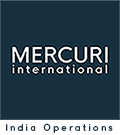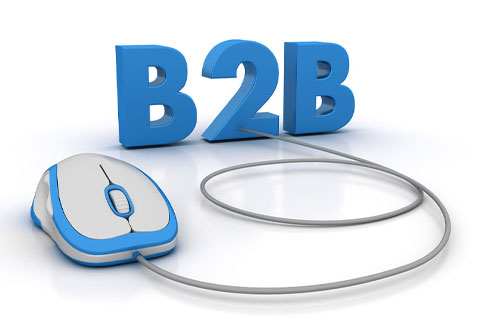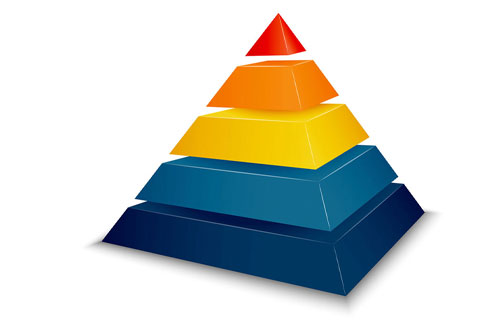Selling products to selling services-A completely different ball game?
The tectonic shift: Product licences to SaaS
Till a few years ago, most software companies sold “licences” for their products. Higher the headcount of employees in a buyer-company, greater was the potential for generating revenue. There is however, a tectonic shift from “product” to software-as-a-service (SaaS) that charge customer fees for consumption.
This involves a transformation in their management practices and a complete overhaul of the skills of salespersons.
Doug J. Chung, Associate Professor in Marketing in his article “How to shift from selling products to selling services” published in Harvard Business Review in 2021 brings this transformation into sharp focus. He is of the view that this shift will require a whole new set of skills and a radically different approach to selling
Tracing the vision of Satya Nadella in transforming Microsoft from a “product” company to “software-as-a-service” model, he argues that this “change” is not merely in words but calls for a total overhaul of the way business is done-including the criteria for identifying who is a “high potential customer,” the “how to sell”, “what to sell” and “whom to sell” parts of the sales process.
He envisages 3 big picture steps for a successful transformation:
- 1. Rethink customer segmentation
Earlier, the most important metric in assessing the potential of an enterprise customer was size of head count. Enterprise accounts with the largest headcount were handled by the best salespeople. This inherently meant that small and medium sized organizations were perhaps a little short-changed as they had fewer resources devoted to them. Most of the times, these “small” companies were allocated to inside salespeople.
Using the shift from “Windows first” strategy to “Cloud first” model, Nadella changed this criterion from “number of seats” to ‘consumption’. The higher the consumption, the higher the billing. This is the first step in a “product selling” to “service selling” transformation.
- 2. Restructure the sales organization
In earlier days of product selling, salespeople would count number of people at a Customer place, work out number of licenses for three years and draw up contracts. This meant the approach was, “Thank you and see you after three years”. The emphasis was on “closing” deals. Salespeople had no reason to call on a license-buying Customer in three years.
On the other hand, in a “consumption based” approach, getting the client to signup becomes a step leading on to the sales process, and not the end. It is not enough to get the client to “sign-up” but get the customer to “use” more and more. The salesperson needs to be in constant touch with the client to ensure greater usage and higher “customer success”.
This has further implications: the salesperson cannot stop with just building solid relationships. They also need to acquire much greater technical expertise. Consulting with the client becomes an important part of the salesperson’s job profile. Salespeople have to be more of “farmers” than “hunters.”
- 3. Drive the right behavior:
This involves hiring the right people, training them to manage these “different” selling scenarios, compensating them differently and establishing a different culture altogether
(i) Hiring:
Looking out for people with a combination of technical skills and emotional intelligence is the new name of the game. Organizations earlier would worry about whether engineers would adapt to a customer-facing role. Now they need to worry about salespeople struggling to master technical requirements.
(ii) Compensation:
As the focus shifts from mere “signup” to “customer success” through increased consumption, compensation structuring needs to align to this. Some organizations have two teams: the traditional ones which are measured only on “signups” and others which are measured on “consumption.”
(iii) Training and performance management:
There needs to be a shift from training on product demos to helping the salesperson in becoming more of a consultant. Post signup, relationship nurturing activities become vital while driving consumption. This type of training is more complex than training for mere objection handling or closing
One of the major challenges organizations face is that sales managers are overburdened with administrative tasks and do not devote enough time to coach their people in this shift. Building a learning culture is vital.
Key Takeaways – How to shift from selling products to selling services.
The key takeaways we can pick up from the article are these –
- Skills required to sell products are different than those required for selling software-as-a-service (SaaS)
- How to sell may also be different
- The ask from salespeople has shifted from getting mere “sign-ups” to driving more consumption.
You can read HBR article How to shift from selling products to selling services by Doug J. Chung published in Harvard Business Review March-April 2021 is here
------------------------------------------------------------------------------------------------------------------------------------------
Author Information – Doug J Chung is an Associate Professor of Marketing and Director of the Sales and Development Business Development Forum in the McCombs School of Business at the University of Texas at Austin. He also does considerable research on sales strategy and consumption















